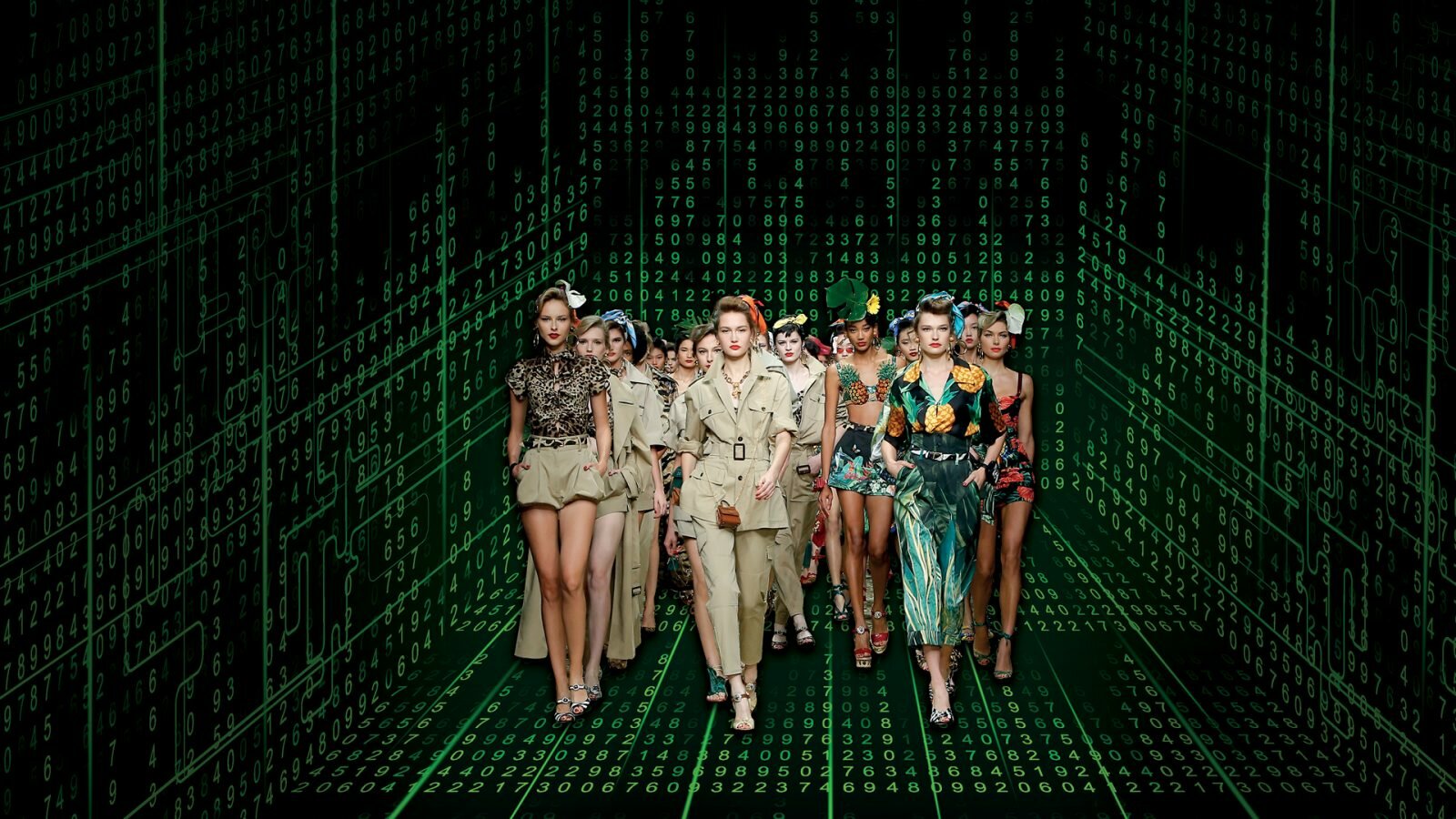Just not too long ago, fashion and technology referred to the 3D-printed dresses by Iris Van Herpen (2018) and the phone-charging jacket by Tommy Hilfiger (2014). But this is 2020, where augmented reality (AR) and artificial intelligence (AI) technologies are increasingly informing how we shop and dress.
Scott Galloway, who founded digital intelligence company L2, once highlighted that technology is “essentially about creating utility and spreading it over billions of people”. In contrast, fashion trends are primarily spread through a small network of influencers. But all this is about to change.
At January’s CES 2020, one exhibit that received significant buzz was LG’s smart mirror, where a camera creates your digital avatar based on the measurements it reads when you stand in front of it. Using the avatar, you can “try” on several outfits without having to remove your clothes.
While the virtual changing room isn’t a new concept per se, LG’s smart mirror is one of the first to integrate this technology into a real-world retail setting.
Last November, shoppers who accessed multi-brand retailer Yoox through their app could use its YooxMirror. By using a selfie or uploading a photo, YooxMirror generates a digital representation of the user, allowing her to preview its merchandise selection. But that’s not all technology can achieve in fashion.
With AI, meanwhile, the situation gets more complex. There are currently AI programmes that analyse every runway show as it happens and breaks down each collection into different categories of colour, fit and other creative variables before forecasting trends for the market. It helps fashion buyers make informed decisions to reduce overstock and thereby unsold goods, which might end up in a landfill or be destroyed.
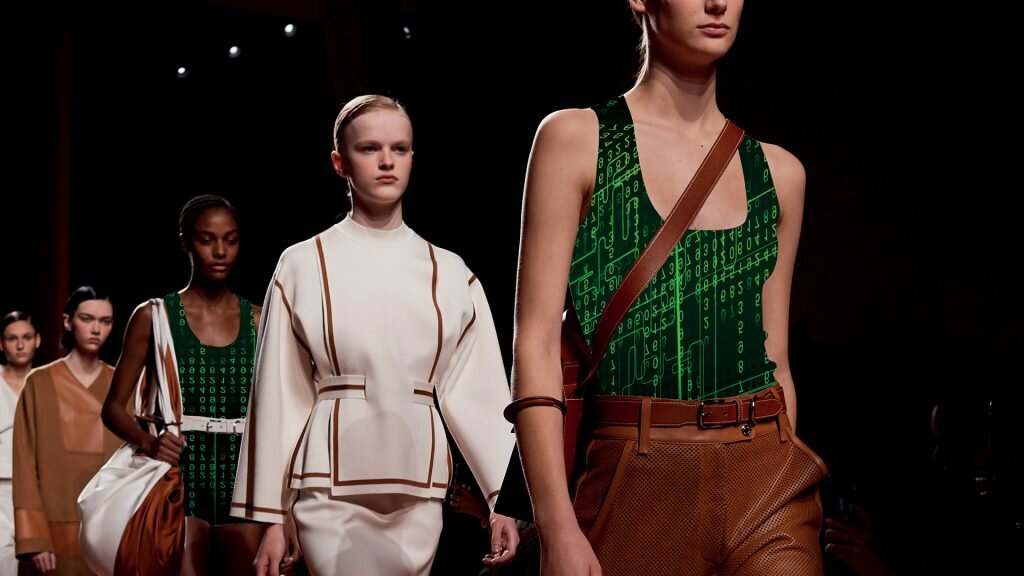
Research for e-commerce solutions company Shopify last year estimated that in 2020, global online sales will hit US$4.2 trillion (S$5.8 trillion), with more than half of consumers shopping across borders. For most of us who are already online shoppers, the reality is that we may not always keep what we purchase.
In a study by Statista in October 2019, e-commerce returns in the US is expected to cost companies US$550 billion in delivery expenses in 2020. Couple that with unsold products sent back to warehouses, as well as the logistical carbon footprint that comes with returns, and we have a massive web of problems that call for a technological solution.
AI is also enabling businesses to define a new e-commerce experience for consumers, through software like PowerFront. Founded in 2001, it maps out a brand’s online store as a digital shop floor, where customers appear as avatars that blink up on a customer service officer’s screen. Based on the pages you visited previously, where your cursor moves, items you’ve added to your cart and how often you shop, customer service officers can proactively engage you in conversation to check in on your experience.
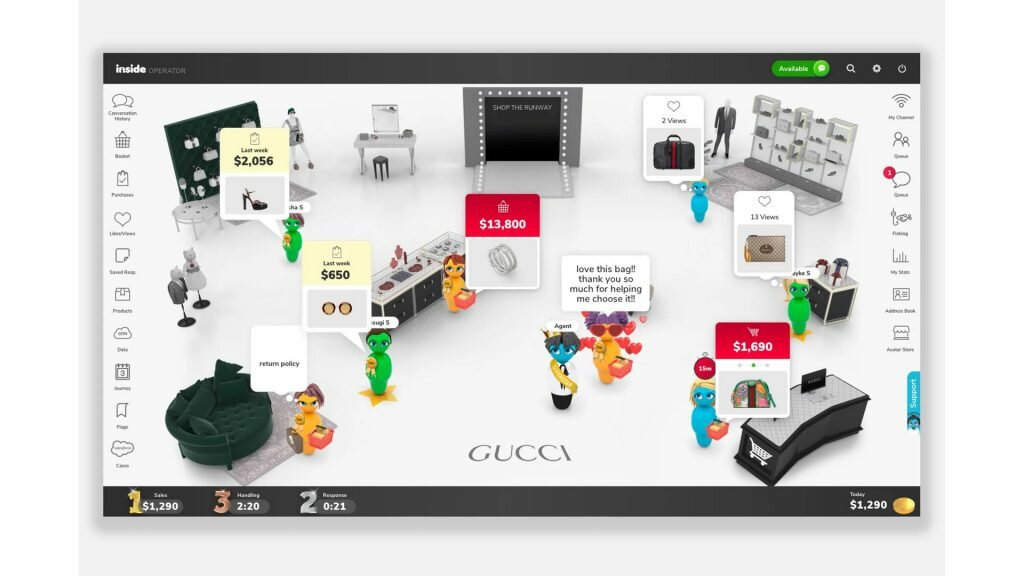
(Image: PowerFront)
They may ask if you are searching for a similar bag at a lower price, or if you had any questions about those earrings you viewed four times last week. In essence, they are trying to replicate interaction with a sales associate at the store. According to PowerFront, this increased successful transactions to 26 percent as opposed to 16 percent through chatting with a bot.
“The luxury customer wants as many conversations as possible because the conversion is so much higher,” reasons Powerfront CEO Hadar Paz, who counts big names such as Balenciaga, Valentino and Gucci among a clientele of 400.
AI doesn’t just exist in a darkened customer service room that serves back-end operations, but also in the brightly lit confines of our wardrobes.
Tech mammoths like Facebook and Amazon have rolled out various technologies to bring about interaction with shoppers. In October 2019, Facebook launched Fashion++, which serves as an in-house personal stylist. Using an image of your outfit, the programme’s algorithms compare the look against its database of outfits deemed as chic. It then recommends making changes to your look, such as removing an accessory or altering a hemline.
Devi Parikh, who helped research and develop Fashion++, says: “Technology is democratising creativity. Everyone wants to express themselves creatively, and if we build tools to help them do this, it can be powerful”. Parikh’s studies have shown that out of nearly 300 respondents polled, 92 percent believed that outfits post-Fashion++ looked more stylish.
Earlier in 2017, Amazon unveiled Echo Look for consumers who had difficulty dressing up in the morning. Stand in front of an Echo camera in two different outfits, and Echo offers its opinion on the better choice through data algorithms and analytics. It predictably picks more homogenous outfits that stick to neutral colours or tried-and-tested classics, so at least you won’t stick out from the crowd for pairing a yellow top with a purple skirt.
-
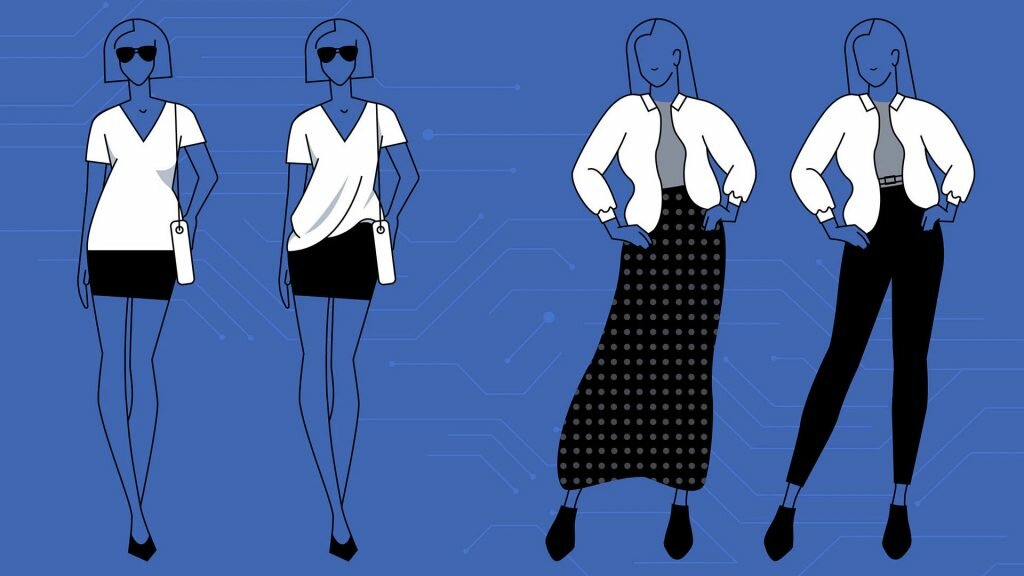
Facebook’s Fashion ++ (Image: Facebook) -

Amazon’s Echo Look (Image: Amazon)
Which brings us to the crux of the issue: What if your personal style is all about clashing items or to wear as many necklaces as possible? How does technology make up for that? You want to wear something for various reasons — lifestyle habits, the culture in which you were conditioned, occasion, and so on. Technology may not necessarily understand all this because the nuances that play into your core can elude algorithms.
It also takes away the thrill of exploration, something fashionista June Goh-Rin, who often strays from sartorial norms, finds. “Artificial intelligence is based on so many sources of information, and while it would definitely save some time, I feel that it will also take away my ability to try new and completely different looks,” says the medical doctor by profession.
There is also the idea of fashion losing its human experience when it goes digital. Suddenly, your trusted store associate is replaced by an automated response machine — but this is something retailers such as Stitch Fix and BlinQ are working to address.
Founded in 2011, Stitch Fix banked on investing in fashion-related retail software. Using user data to predict items they would want, it sends subscribers a box of clothes each month (pieces they don’t want are returned to the company). The service aims to help shoppers better navigate the ever-expanding selection of products. The company went public in 2017, and reported a net revenue of US$1.6 billion for the 2019 fiscal year — a testament to its success.
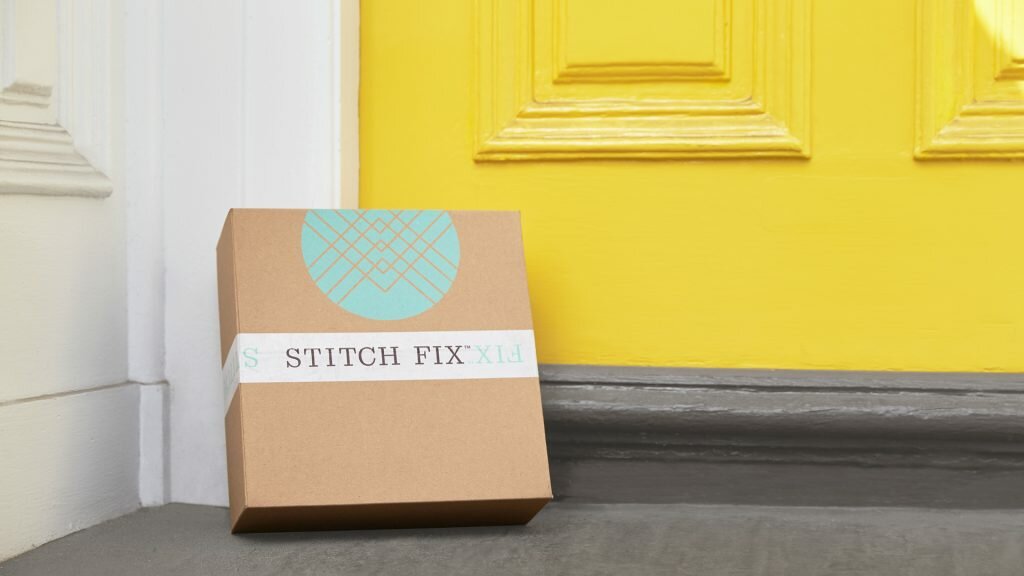
But not everything the company does is via a computer. Its Chief Algorithms Officer Emeritus Eric Colson related an experience when a customer requested for an outfit to wear to her ex-boyfriend’s wedding. As Colson admits: “Our best natural language processing engines don’t have the ability to empathise and know what that means. We need humans for this.”
Within the Southeast Asian market, online luxury fashion marketplace BlinQ is also trying to bridge that human-computer gap. The e-boutique houses brands like Prada and 3.1 Phillip Lim, and while founder Bob Chua remains optimistic about technology’s role in retail and fashion, he also points out it “can’t replace the human element entirely, but aims to streamline it as much as possible. For example, customers can speak to an online concierge system and talk to a human curator to figure out what works best for them.”
Another way BlinQ is retaining the human-to-human interaction is through its White Gloves concierge service, where a company rep hand delivers purchases to your doorstep and waits around while you try on everything. Your shopping experience starts with a digital screen but ends with a human smile.
“We try to retain some human element so it isn’t entirely robotic,” Chua says over the phone. “But I think that shopping behaviours have changed. People want hyper-personalised service, they want convenience and they want it now. That’s why tech-based solutions work well.”
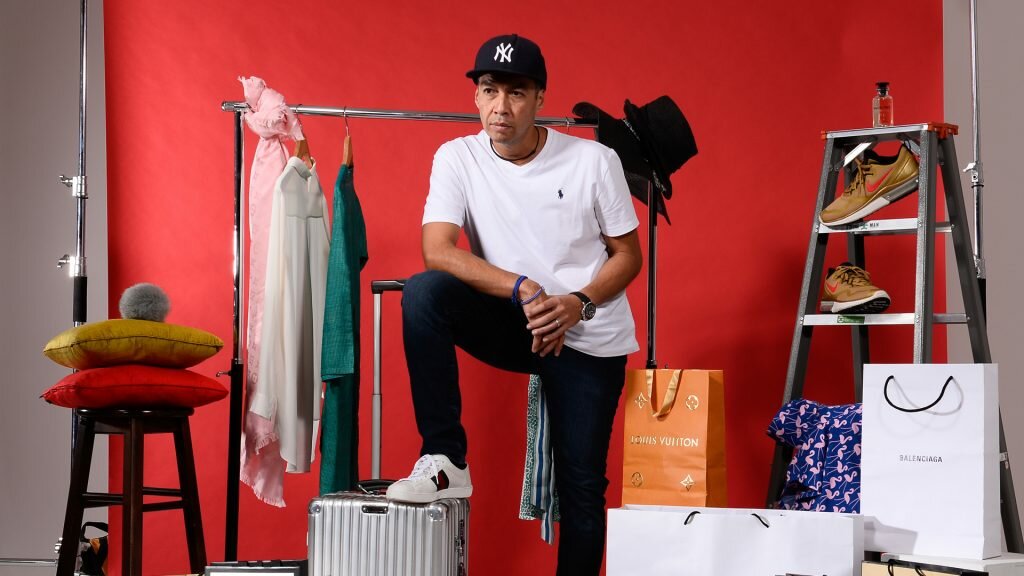
BlinQ isn’t the only Southeast Asian attempt at joining the global fashion-tech conversation. Back in 2012, Future Fashion Now was launched as a platform for shoppers to watch live runway shows, and immediately add everything they want into their carts. The endeavour, while exciting, failed to gain traction.
“I think, as with any technology, there’s always the risk of starting too early or too late, right?” Chua muses. “It’s not so much about the technology but the timing. There is no real science as to when the timing is right, but if you analyse the major retail trends, this is really the right time.”
So what lies in store for fashion? Technology will be there but not as a replacement for fashion’s human aspect — a thought that will soothe those who consider this industry as built upon emotion and creativity. Rather, technology is a tool to help streamline retailers and create better systems to benefit both business and customer.
In other words, technology serves to bolster human effort rather than displace it. It challenges and disrupts business models so brands can think bigger and find better ways to engage with consumers. As for companies that refuse to evolve with the times, they may well become relics of an increasingly distant past.
This story first appeared in the March 2020 issue of A Magazine.
